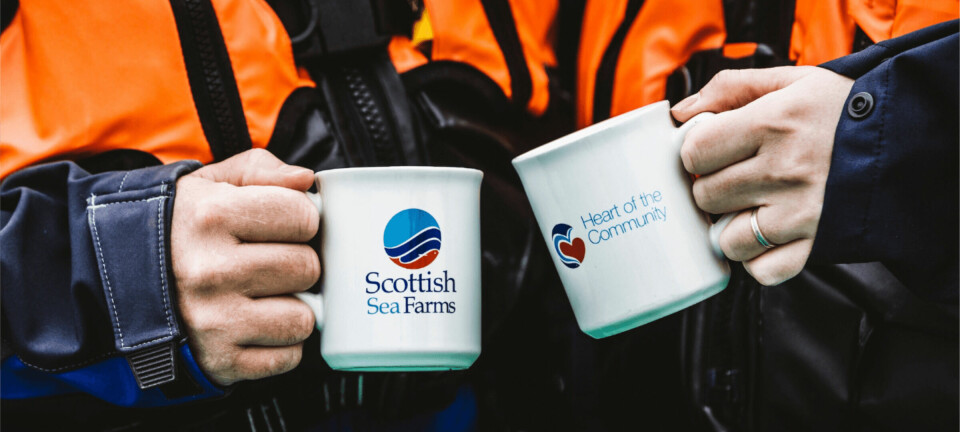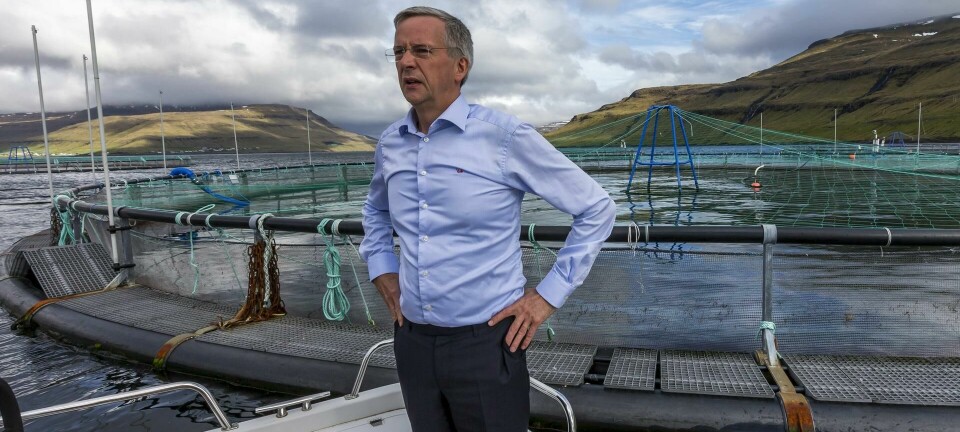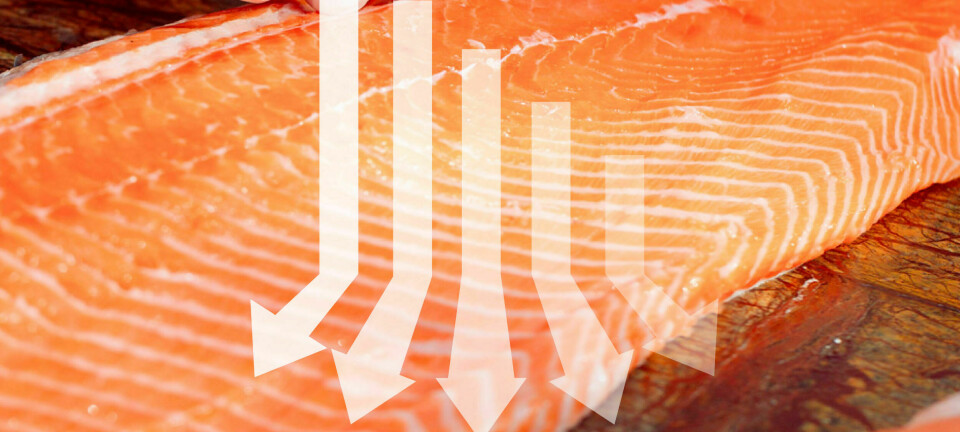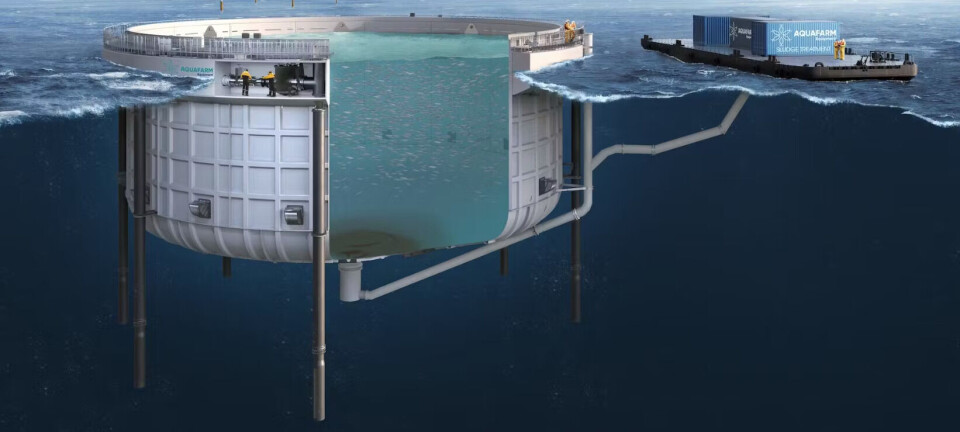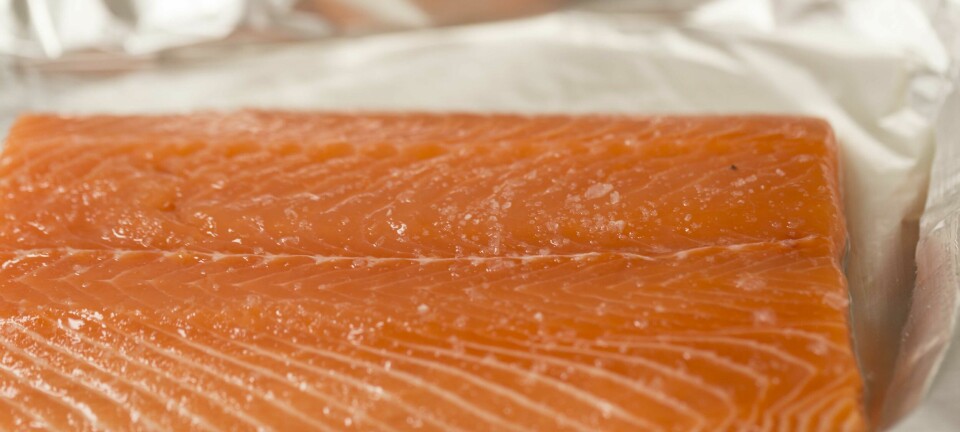
Canadian aboriginal communities interested in aquaculture
Opinion
If someone was to judge the level of interest in aquaculture development in Canada- and in British Columbia in particular- by the media coverage of the issue, one would likely go away with the idea that most First Nations in B.C. were not in favour of the industry, but nothing could be farther from the truth. As an example, most of the coastal First Nations within whose Traditional Territories there are salmon farms, the local First Nation has an agreement of some sort with the salmon farming company. Only a few, very vocal First Nation individuals are dominating the anti-salmon farming debate by always offering their personal opinions to the media, while other leaders are busy providing jobs and business opportunities for their people.
The case of business opportunities for First Nations in the aquaculture industry will be on the agenda for a National Aboriginal Fisheries Forum to be held in B.C. next month, following a similar meeting held in Nova Scotia last year. Already, First Nations in B.C. are actively producing high quality seafood through aquaculture- mostly shellfish, but there is an increasing interest in the production of finfish species like trout, sablefish (black cod) and sturgeon.
One of the identified constraints for First Nations is the access to investment and operating funds. Money for economic development initiatives is often scarce, and too many times funding has been provided to projects that haven’t resulted in permanent, sustainable and profitable projects. But with the proper planning and attention to detail, there is no reason why a number of First Nation initiatives in sustainable aquaculture should not succeed. After all, with the experience and knowledge gained from thousands of years of working at sea, First Nations have a natural advantage when it comes to looking after a farm full of fish or shellfish kept in their natural environment.





